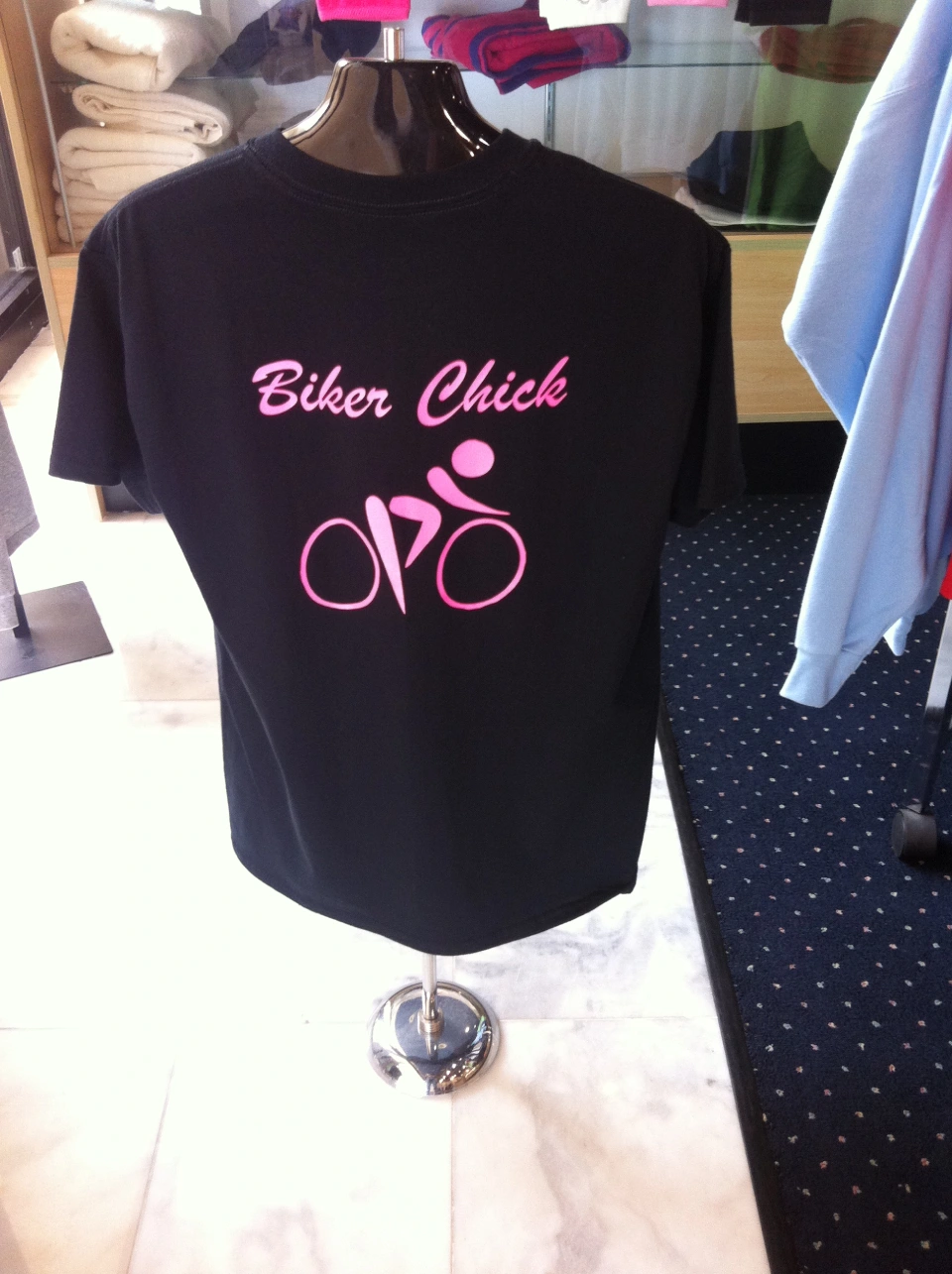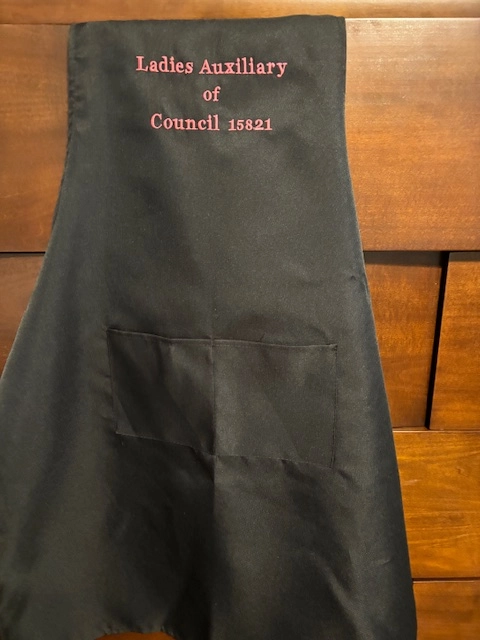Fashionable Backpack Embroidery for Personalized and Unique Designs
Fashionable Backpack Embroidery for Personalized and Unique Designs
Blog Article
The Art of Custom Embroidery: Opening the Secrets to Creating Unique and Unforgettable Designs
Embroidery, a craft soaked in practice and virtuosity, holds within its elaborate stitches the power to change textile into a canvas of distinct expression. The tricks to producing custom embroidery layouts that mesmerize the eye and leave an enduring impact hinge on a fragile equilibrium of strategy, creative thinking, and focus to information. As we explore the globe of custom embroidery, we uncover the nuanced interplay in between string option, sew intricacy, and layout customization that raises a simple garment to an artwork. Join us on a journey through the art of custom embroidery as we untangle the enigmas behind crafting absolutely remarkable and distinct developments.
Picking the Right Embroidery Threads
When picking embroidery strings, what key aspects should you consider to guarantee the most effective results for your custom-made layouts? The choice of embroidery string is essential in figuring out the last outcome of your embroidered layout. Among the primary considerations is the product of the string. Different materials such as cotton, polyester, rayon, and silk use differing levels of sheen, longevity, and texture. It is important to pick a string product that complements the fabric you are embroidering on and lines up with the wanted appearance of the design.
Thicker strings can add dimension and appearance to your style, while finer threads are ideal for intricate information and little text. In addition, thinking about the color fastness and washability of the string is vital to make sure that your customized layouts keep their high quality and vibrancy over time.
Checking Out Different Stitch Methods
To dig right into the realm of 'Exploring Various Stitch Techniques', one must realize the complexities and nuances that each sewing method gives the art of embroidery. Various stitch techniques not just add aesthetic passion but additionally add to the general texture and dimension of the layout. One popular stitch strategy is the satin stitch, which involves carefully stuffed parallel stitches to produce a smooth and glossy surface, suitable for loading in shapes and producing vibrant describes.
On the various other hand, the backstitch is a functional technique usually used for detailing and including fine details. It includes sewing backward to create a solid line of needlework. In addition, the French knot stitch adds a tactile aspect to layouts, perfect for creating textured accents like blossom facilities or attractive touches.
Exploring different stitch techniques enables embroiderers to have fun with light, darkness, and deepness within their styles, raising the aesthetic allure and artistic quality of their embroidery tasks. By understanding various sewing techniques, one can unlock limitless opportunities for developing one-of-a-kind and memorable customized embroidery pieces.
Incorporating Personalized Design Elements
Having checked out the complexities of different stitch methods such as the satin stitch, backstitch, and French knot, the focus now shifts towards incorporating customized design elements in custom embroidery projects. Individualized layout components play a crucial role in making needlework tasks genuinely special and unforgettable. One method to incorporate personalization is by including initials, names, or substantial dates to the design. This not only includes an individualized touch however also enhances the nostalgic worth of the embroidery piece.
One more way to integrate customized design aspects is by including icons or themes that hold unique significance to the recipient or mirror their rate of interests and personality. Incorporating a favored flower, pet, or hobby-related icon can make the needlework design much more purposeful and customized. In addition, choosing shades that reverberate with the recipient or line up with the desired theme can additionally enhance the personalization of the needlework project.
Grasping the Art of Color Sychronisation

One key element of color coordination is comprehending shade theory. This consists of knowing exactly how different colors connect with each other, the feelings they convey, and exactly how they can be incorporated to create aesthetically enticing designs. By using shade theory concepts, embroiderers can develop harmonious color schemes that enhance the general appearance of the design.
Furthermore, taking note of contrast is critical in color sychronisation. Making use of contrasting colors can assist particular elements of the style pop, boost readability, and create a visually vibrant needlework piece. By mastering the art of color control, embroiderers can boost their designs and create unforgettable items that reverberate with customers and customers alike.
Enhancing Structure With Advanced Needlework Stitches

French knots, for instance, are excellent for adding small, increased dots to your style, resembling the look of beads or producing a distinctive surface area. Bullion knots, on the various other hand, can be used to produce twisted, ropelike aspects that include a glamorous feeling to the additional info needlework. Seed sewing see this here entails tiny, scattered stitches that can fill out areas with a multicolor appearance, while turkey work creates fluffy, dimensional accents reminiscent of animal fur or foliage. Try out these sophisticated needlework stitches enables you to press the borders of typical embroidery and produce genuinely special and aesthetically enticing appearances in your layouts.
Verdict
Finally, the art of custom-made needlework includes a combination of choosing the best strings, exploring numerous stitch techniques, incorporating individualized style elements, mastering shade sychronisation, and improving texture with advanced stitches. By recognizing and applying these crucial elements, embroiderers can create unique and remarkable designs that display their creative thinking and ability. Embroidery enthusiasts can open the keys to developing lovely and bespoke check it out pieces that stand out and leave a long-term perception.
Report this page